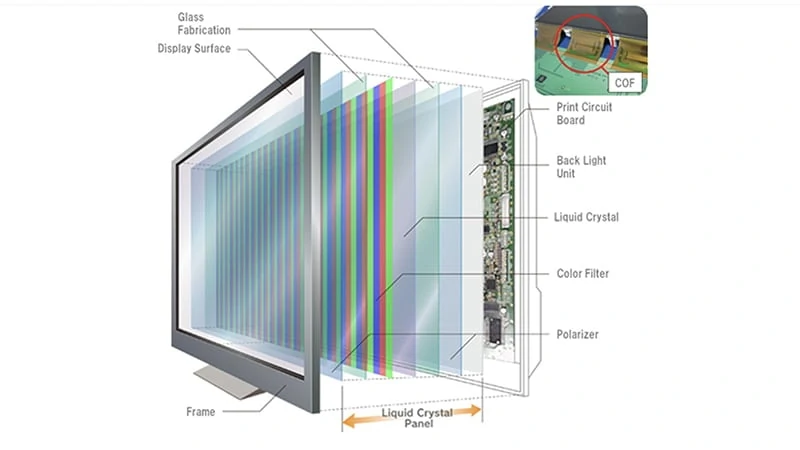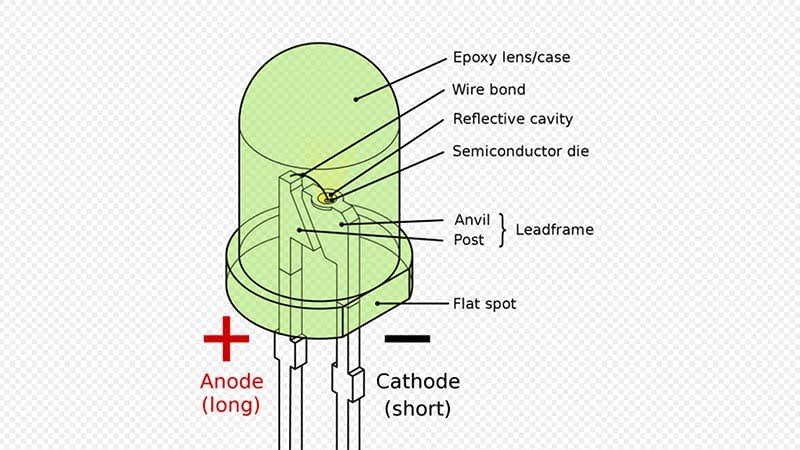When considering delving into the world of Digital Signage/ DOOH/ Video Walls you may find yourself asking if LED or LCD is the way to go, we’re here to help you with that very question.
When you visit airports, railway stations, bus stations, shopping malls, theme parks, restaurants, casinos, stadiums and museums you will most likely come across a digital display, which is used to give directions and provide information.
There are a few critical factors you need to consider when you’re deciding between LED and LCD displays, particularly, viewing distance, the physical location of the screen, the environment in which it’s being showed and the content that’s being displayed.
Not only can our team help you with this but this article should help you understand a little better.
What does LED and LCD stand for?
LED: Light-Emitting Diode & LCD: Liquid Crystal Display
How does LCD work?
LCD (Liquid Crystal Display) is a flat-panel display or other electronically modulated optical device that uses the light-modulating properties of liquid crystals combined with polarizers. Liquid crystals do not emit light directly, instead using a backlight or reflector to produce images in color or monochrome.
LCD screens are normally seen in smaller more consumer-driven displays, such as computer monitors or TVs. This screen option is ideal for small applications where an affordable but high-quality display is needed. Additionally, with a wide range of connectivity options, these screens are versatile.
Advantage:
- It consumes less power, More cost effective.
- Lightweight, allowing quick and easy rigging.
- Versatile connectivity with standard connections being VGA, HDMI, composite component, DVI and S-video output.
- Adequate level of brightness for all indoor applications.
Disadvantage:
- Screen bezels and gaps.
- The size of screen options are limited, with larger screens carrying a hefty price tag.
- Brightness is not adequate for outdoor applications in daylight.
How does LED work?
LED (Light-Emitting Diode) is a semiconductor light source that emits light when current flows through it. Electrons in the semiconductor recombine with electron holes, releasing energy in the form of photons.
LED screens have become a mainstay in the large event category with their optimal picture resolution and capability to emit high light levels. Through use of Light Emitting Diodes (LED), these systems produce red, green and blue light. By combining and balancing these three primary colors, the user can produce virtually any color on the spectrum.
Led screens are typically built from multiple panels that are connected together. These can be customized and scaled to any shape or size, perfect for huge arenas, smaller trade show exhibits and everything in between. Display your custom content on an LED so the entire arena can see.
Advantage:
- The brightest screen offerings.
- Weatherproof and suitable for outdoor use.
- Deep saturated colors with a wide color gamut, No screen bezel or gap.
- Energy-efficient, 24/7 performance.
- Flexible design, Quick and easy setup, Components are easily repairable on-site.
Disadvantage:
- It is more costly.
- It have restricted viewing angle.
Comparisons and Considerations:
Installation
LCDs are compound screens from the manufacturers so people may consider it easy to install. However, for commercial users who’s in need of customise large size screens like outdoor billboard, this is clearly not the case. Since LED screen is made up by many pixels, each unit can be combined easily to make a seamless large screen.
Colours & Brightness
Honestly speaking, there is not much difference regards to the colour of the two screens. Two screens both have vivid colours that human eyes can’t really tell any difference.
What differs LED from LCD is the brightness. LED emits light itself. This means each pixel is a light source. By giving different voltage, the brightness can be controlled directly. LCD cannot emit light. It can only reflect and filter the background light source. Consequently, to brighten an LCD screen, the background light needs to be brightened first. No matter how hard you try, LCD still has that dim feeling when presenting images – it might be beneficial if you’re reading through Kindle, but impress the audience when they’re walking by? Not a wise choice.
Energy Saving
As mentioned above, LED screens emit light, LCD screens block light. In order to reach the same level of brightness, LCD consumes way more electricity than LED. More importantly, most of the energy consumed by LCD screen is not transformed into the display light, because the light is blocked at the background! As a result, for commercial use billboards, LED is a more energy saving choice.
Maintenance
A large piece of LED screen consists many smaller LED units. They are seamlessly combined to display the large picture. If one LED unit has a problem, all maintenance worker needs to do is to shut down the power, and exchange that tiny unit piece. All other units are not affected because they are in parallel connections with the broken unit. The maintenance cost of LED is very low.
The maintenance of LCD, on the contrary, is high. The whole screen is one big canvas, so even if there’s only one black spot on the corner of an LCD screen, the solution would still have to be changing the whole screen.
Image Display Quality
The image display quality of LED and LCD screen, if we compare, is like the image file of bitmap and JPEG. LED enlarge the image without the loss of sharpness. LCD not only has disadvantage on displaying moving projects, but also distorts images when the screen size is too large.
The maintenance of LCD, on the contrary, is high. The whole screen is one big canvas, so even if there’s only one black spot on the corner of an LCD screen, the solution would still have to be changing the whole screen.
So, if you’re looking for a digital sign that is going to last a long time, LED is the answer. However, viewing distances are more limited with LED. You can view an LCD screen much closer, whilst LED contrast and color will be stronger – you will need to stand 1 meter away to view it at it’s best. When you’re making the decision between LED and LCD, consider where it will be located and what you are using it for.
If your display is going to be close to people then you should consider LCD, our 21.5 inch Hand Sanitizing Dispenser Displays feature an LCD screen to display COVID-19 information. We knew that people would be close to this display, using the hand sanitiser feature, therefore LCD was necessary.
We understand that price, size and location is a big consideration when deciding which digital signage is suitable for you. We can discuss LED vs LCD more over the phone or via email, we’d love to guide you in the right direction and cater your signage experience to your business.



